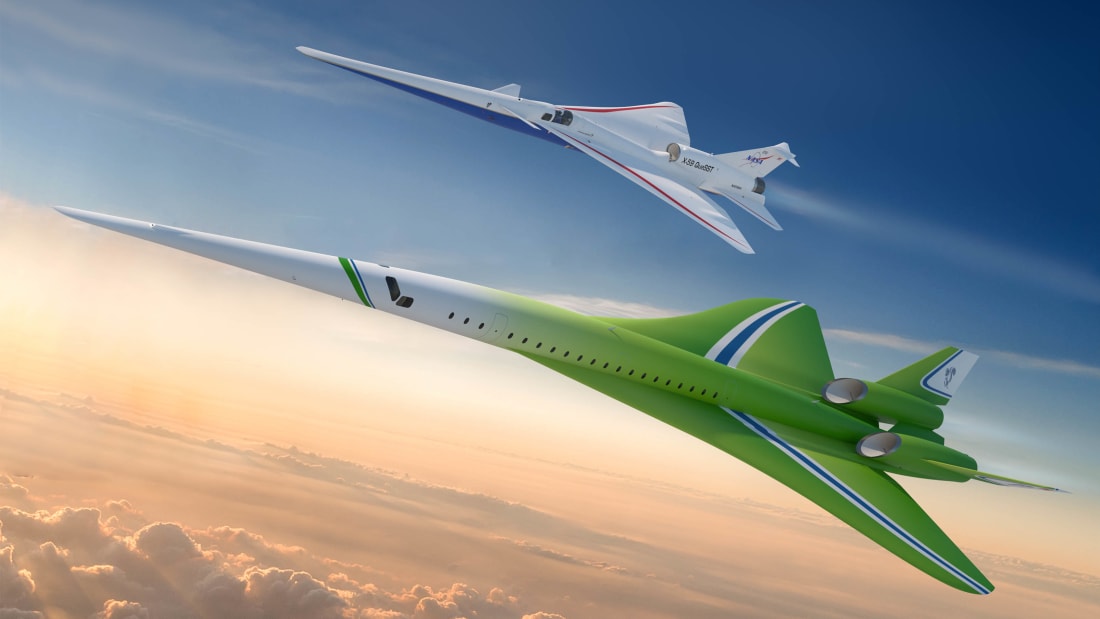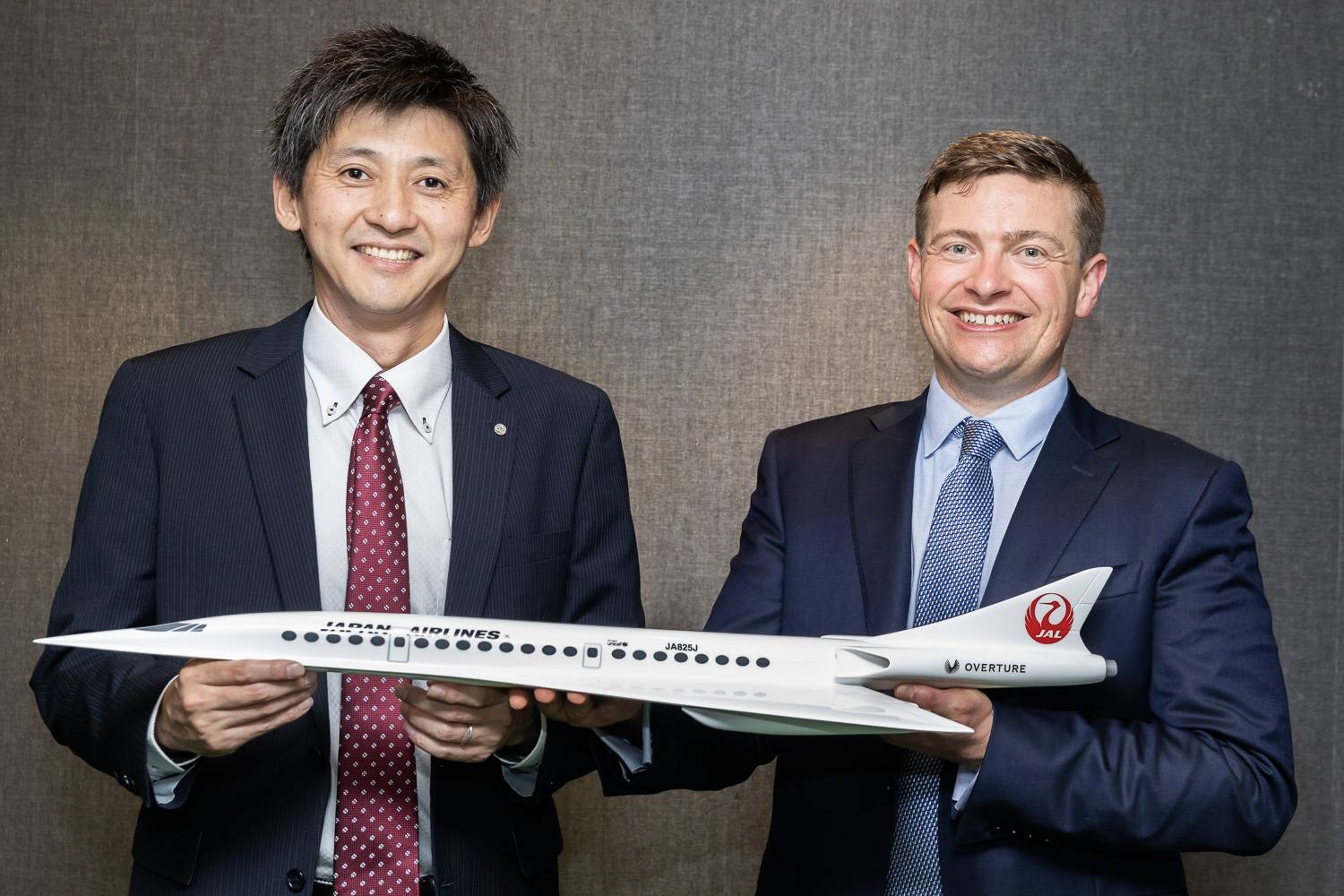Security and aerospace company Lockheed Martin used an American Institute of Aeronautics and Astronautics conference in Dallas this month (Jun-2019) to reveal its proposed Quiet Supersonic Technology Airliner (QSTA), a sleek twin-engined jet plane that will carry up to 40 passengers at speeds of Mach 1.8.
This is based upon the work its has been doing on the X-59 QueSST supersonic jet it has been developing for NASA, a project that aims to remove the intense sonic boom typically associated with aircraft breaking the sound barrier and a problem that significantly influenced the flight paths that Concorde could fly and meant it was unable to break the speed of sound over land.
The Lockheed Martin project is only at a conceptual stage, but the existing research means the technology is already in place to develop the airliner once the concept is proved. The QSTA has a delta-winged shape that resembles Concorde, but its reduced accommodation of 40 passengers in a single aisle configuration will offer individual seats either side of a single-aisle, rather than the slightly compact 2x2 design on Concorde.

The QSTA will have a range of about 5,200 nautical miles, according to Lockheed Martin easily covering major trunk business routes such as New York-London, Tokyo-Los Angeles, London-Beijing and Tokyo-Sydney. Its data suggests a London-Tokyo flight of 5,190 miles would be 4 hours 30 minutes.
Meanwhile, Boom Supersonic (Boom), showcased the latest key strategic milestones with its own airliner project during the Paris Air Show, including confirmation that the company plans to roll out its XB-1 two seat supersonic demonstrator aircraft in Dec-2019, with supersonic flight planned for 2020.
Boom Supersonic also reported Japan Airlines (JAL), an early investor in Boom with a USD10 million commitment made in 2017, is working as a strategic partner for Boom in the development of Overture, its planned supersonic commercial airliner. Over the past several months, teams from JAL and from Boom have collaborated to review aspects of JAL's operations, so that Boom engineers can understand the environment in which Overture will fly.
"Boom has experienced great success on its journey towards building a new generation of airliner that will transform the travel experience across the globe," says its founder and CEO Blake Scholl. "Today, we have the advanced technology to realise faster air travel, and our teams have been working tirelessly over the past few years to build the first civil supersonic plane since Concorde."

Boom says it was founded with the purpose of removing barriers to experiencing the planet, and to realise this vision. It hopes to achieve this through Overture, the first new supersonic commercial jet to emerge in 50 years. According to Boom, the aircraft will allow airlines to "offer a revolutionary service to passengers while earning superior economic performance relative to current aircraft in an environmentally sustainable way".
Boom plans to use the test flights of the XB-1 for "critical learnings" on experiences and data that will support the development of Overture. "This data will influence the aerodynamic design and calibration, stability and control, evaluation of handling qualities and development of propulsion inlet, nozzle and control systems," it says.
Over the past 12 months, Boom says it has made critical engineering and production milestones in the development of XB-1, including: XB-1 aerodynamic design validation; engine operability testing; alternative fuel engine testing; supersonic inlet wind tunnel testing; full range flight telemetry system testing; spin tunnel testing; fully comprehensive aero database generation; the verification of all systems to meet safety goals; and the completion of the forward fuselage and wing skin tools.
Boom predicts there are over 500 global routes with enough premium traffic for the 55-seater Overture, while an independent analysis from The Boyd Group projects a demand for over 1,300 aircraft in the 2023 to 2032 timeframe.